Faced with different designs of hip joint lining prostheses, how should we choose? Today’s article takes you to understand the application of different linings in total hip replacement.
After total hip replacement, it is necessary to achieve a basic range of physiological activities, the premise is to obtain joint stability and balance between the two. In general, the design of lining prosthesis includes standard type, high-side type, and restricted type, each with its own characteristics. According to different patients, the best fit is the best.
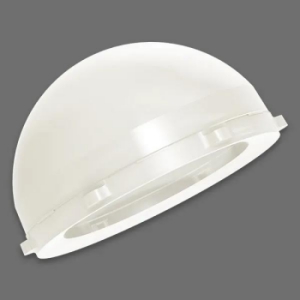
Standard lining
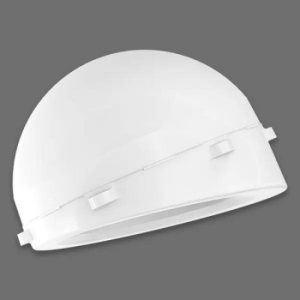
High-side lining
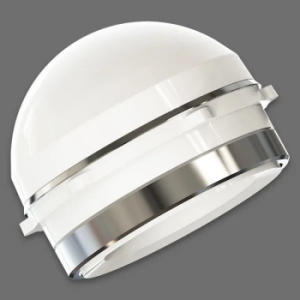
Restricted lining
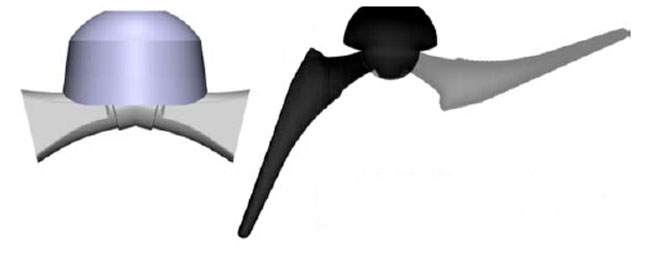
The standard lining with a 180° flat-edge design can provide maximum mobility. For patients with good soft tissue function around the joints, it is the best choice for better mobility after surgery.
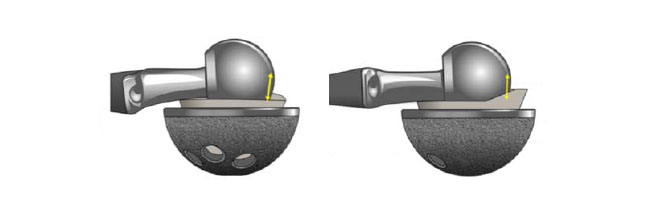
By raising part of the lining edge, it is designed as a high-side lining (usually raised by 10°), which increases the "jump distance" of the prosthesis, thereby increasing its stability and reducing the risk of dislocation. Studies have shown that the risk of dislocation in the test group without high-side lining is 1.8 times that of the high-side lining group. For patients with weakened abductor muscle strength, reduced local soft tissue tension and imbalance, which may cause postoperative dislocation risk, the use of high-edge liners can improve hip joint stability.
The restrictive lining can lock the femoral head prosthesis in the lining and is suitable for insufficient soft tissue tension, abductor dysfunction, neuromuscular diseases, and the prosthesis in a good position but the repeated dislocation of the hip joint.
Studies have shown that the 10-year survival rate for patients after revision THA using restricted liners is estimated to be 81%.
The above information is provided by the hip prosthesis supplier.
Previous: Lock-shaped counterweight
Next: Perforated Metal
Copyright:@2020-2021
Comments Please sign in or sign up to post.
0
0 of 500 characters used